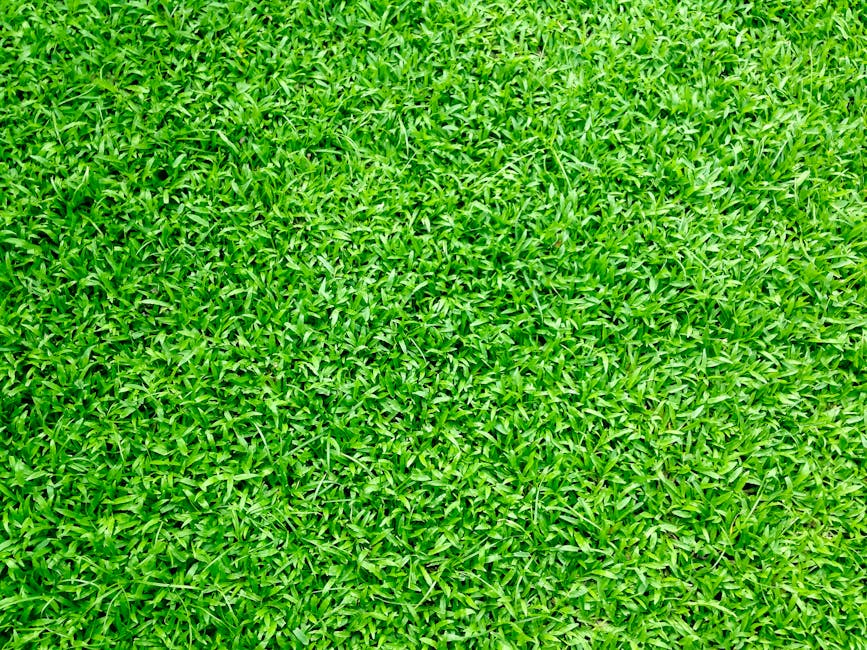Lawn maintenance starts with selecting the best lawn seed suitable for your region, climate, and lawn usage. Understanding the types of grass seeds, their adaptability to different conditions, and the specific requirements of your local environment can make all the difference in having a lush, resilient lawn.

In areas with moderate summers and cold winters, cool-season grasses are more appropriate. These grasses thrive in the cooler conditions of the Upper Midwest, Northeast, and Inland Northwest.
For regions like the Southeast, Southwest, and parts of California where summer heat is intense, warm-season grasses are more suited. These types handle heat and drought exceptionally well but may struggle with cold.
For regions experiencing a mix of both hot summers and cold winters, such as the Transition Zone, combining both cool-season and warm-season grasses is advisable. Tall Fescue and Zoysia grass are great options here due to their tolerance of varied climates.
| Region | Recommended Grass Seeds |
|---|---|
| Coastal Pacific Northwest | Perennial Ryegrass (e.g., Pennington Smart Seed Perennial Ryegrass and Fertilizer Mix) |
| California | Cool-Season: Tall Fescue, Kentucky Bluegrass; Warm-Season: Bermuda Grass |
| Inland Northwest | Tall Fescue, Kentucky Bluegrass (e.g., Pennington Smart Seed Tall Fescue and Fertilizer Mix) |
| Upper Midwest and Northeast | Kentucky Bluegrass, Perennial Ryegrass (e.g., Pennington Smart Seed Northeast Grass Seed) |
| Transition Zone | Combination of Warm and Cool-Season grasses (e.g., Tall Fescue, Zoysia Grass) |
| Southeast and Florida | Bermuda Grass, Centipede Grass (e.g., Pennington Smart Seed Bermudagrass) |
| Southwest | Bermuda Grass, Zoysia Grass |
Many grass varieties offer great drought resistance, making them ideal for areas prone to water restrictions. Notably, Bermuda Grass and Perennial Ryegrass are known for their drought-tolerant properties and can reduce water consumption by up to 30% after establishment.
For diverse sunlight conditions or higher usage areas, mixing different grass seed types can be beneficial. For example, combining Kentucky Bluegrass with Perennial Ryegrass offers both aesthetic appeal and quick growth, making it suitable for various lawn settings.
Ultimately, choosing the best lawn seed requires careful consideration of regional climate, soil type, sun exposure, and intended lawn usage. Armed with this knowledge, you can create a lush, durable lawn that meets your specific needs and environmental conditions. If you're considering a unique approach, check out There's Still Time to Dormant Seed Your Lawn for expert advice on lawn seeding strategies.
For more information and community resources, visit SLC Turf Trade.
Connect with us on our social media profiles for more tips and inspiration: Pinterest, Instagram, X, and Facebook.
